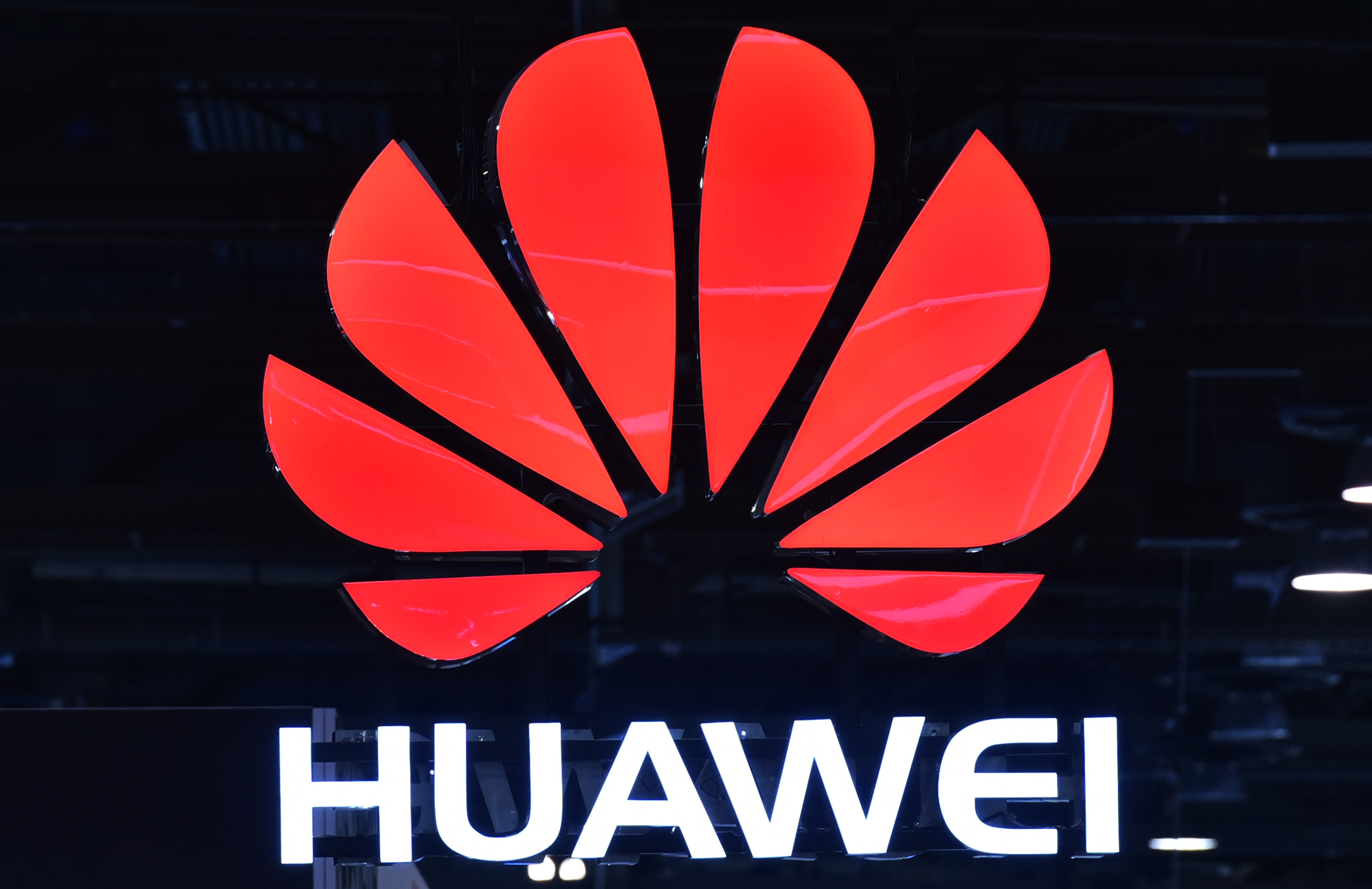Huawei: how the telecoms giant is seen around the world
Huawei’s status as a leading supplier of the backbone equipment for telecoms systems — mostly in developing markets — has given China an inside track for spearheading next-generation 5G technology (MANDEL NGAN)
Paris (AFP) – US charges against Chinese telecoms giant Huawei have cranked up tensions between the world’s two biggest economies, but the company is already facing obstructions around the world over alleged cyber-security risks.
Huawei’s status as a leading supplier of the backbone equipment for telecoms systems — mostly in developing markets — has given China an inside track for spearheading fifth-generation (5G) mobile technology.
5G communications are the next milestone in the digital revolution, bringing near-instantaneous connectivity, vast data capacity and futuristic technologies.
However, fears and that Chinese telecoms companies like Huawei could be proxies for Beijing’s intrusive security apparatus, using the sophisticated infrastructure for espionage, a growing number of Western states turn their backs on the giant.
China has strongly defended its flagship tech group, with Foreign Minister Wang Yi denouncing on Friday an “unfair and immoral” campaign against Huawei.
Here is an overview of how Huawei is seen around the world:
– The United States –
Washington has slapped the strictest restrictions against Huawei, and according to American media, is strongly encouraging its allies to follow suit.
A report in October 2012 by the House Intelligence Committee found Huawei and China-based ZTE could be used to undermine the security of the US, and demanded they be excluded from public contracts.
The committee’s report noted that Huawei, whose founder is a former Chinese army engineer, “did not fully cooperate with its investigation and was reluctant to explain its relations with the Chinese government”.
Despite steering clear of infrastructure projects, a congressional letter issued in December 2017 said Huawei’s equipment remained a “security threat” to the US.
Telecoms groups AT&T and Verizon have stopped offering Huawei smartphones in the US and in August 2018 President Donald Trump signed the military budget for 2019 which prohibited government and military officials from using devices built by Huawei and ZTE.
– Australia, New Zealand, Japan –
Australian authorities banned Huawei from submitting offers for the national broadband internet programme in 2012, fearing cyber-attacks.
In the summer of 2018, Australia excluded Huawei from rolling out 5G, saying “the involvement of suppliers likely to be subject to extrajudicial decisions by a foreign government” constituted a security risk.
New Zealand followed suit in November, officially citing technological incompatibility, and Japan came next in December with a ruling aimed at avoiding “information leaks”, according to the Nikkei newspaper.
– Czech Republic –
In mid-December, the Czech cyber-security agency warned against the use of Huawei and ZTE’s software and equipment, claiming it posed a threat to national security.
“Chinese laws require private companies headquartered in China to cooperate with intelligence services,” it argued.
– Poland –
One of Huawei’s officials in Poland was arrested in mid-January by the internal security service ABW on charges of spying for Beijing.
A senior government official then said that the country had begun investigating equipment provided by Huawei to assess the risks.
– Countries on alert –
In Britain, where the government has expressed “serious concern”, the operator Vodafone has suspended its purchases of Huawei equipment for its infrastructure in Europe. BT announced in December it would remove Huawei materials from its existing 3G and 4G networks.
Germany remains cautious, with the country’s cyber-crime body (BSI) chairman saying in mid-December: “For decisions as serious as a boycott, you need evidence.”
In France, where two operators use Huawei equipment in their 4G network and conduct 5G tests with it, Foreign Minister Jean-Yves Le Drian last week raised “risks” regarding Huawei, and an amendment has been proposed in the senate to “ensure the safety of mobile networks” to prevent espionage or sabotage on 5G.
Norway, whose current networks are largely composed of Huawei equipment, is simply thinking of measures to “reduce (its) vulnerability”.
In the midst of a full diplomatic spat with Beijing, the Canadian government told China in mid-January it would continue to mull whether or not to bar Huawei equipment from new networks while rejecting Chinese threats of “repercussions” in the event of a ban.
burs-je/lth/fa
Disclaimer: This story is published from a syndicated feed. Siliconeer does not assume any liability for the above story. Validity of the above story is for 7 Days from original date of publishing. Content copyright AFP.


